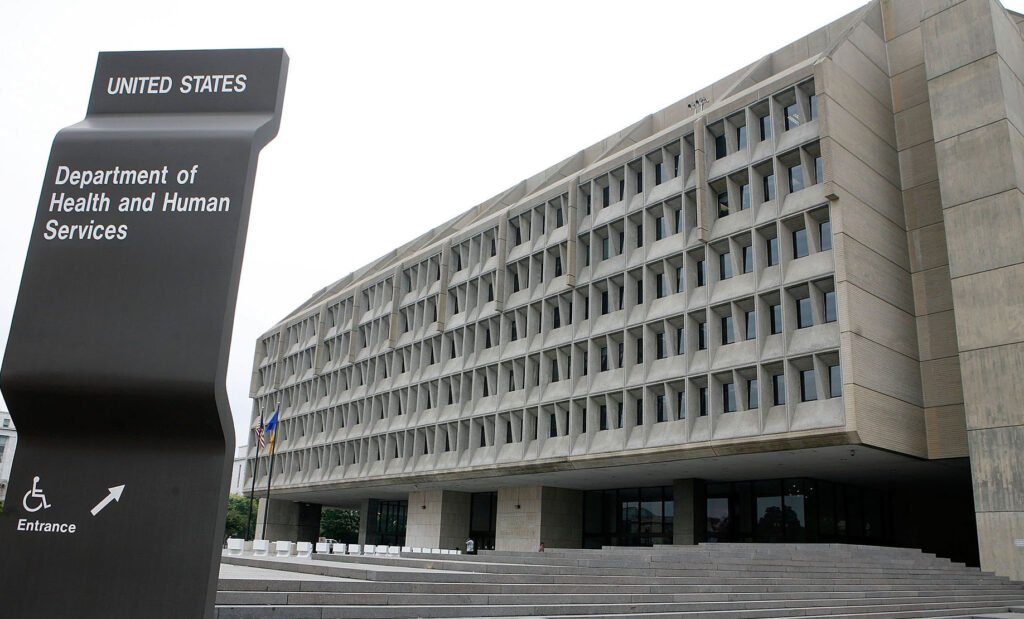The White House recently unveiled its proposed 2026 budget for the Department of Health and Human Services (HHS), signaling a significant shift in funding priorities. President Donald Trump’s budget outlines a $94.7 billion discretionary budget authority for HHS in 2026, a substantial 27.5% decrease from the $130.7 billion requested by President Joe Biden in 2025. Under the Biden administration, HHS saw a 38% increase in budget and a 17% increase in staffing.
One of the key highlights of the proposed budget is the absence of changes to spending on Medicare and Medicaid, addressing concerns raised by critics regarding potential cuts to these crucial healthcare programs. The budget emphasizes the need for radical change in healthcare, as despite significant federal spending on healthcare, life expectancy in America has declined, and chronic diseases are on the rise.
The budget proposal includes several significant changes that were previously announced by HHS, such as consolidating 28 operating divisions into 15, closing five regional offices, and reducing the HHS workforce by at least 10,000 employees. This reduction in staff levels aims to bring HHS back to about 90% of its pre-COVID-19 staffing levels, resulting in an estimated annual saving of $3.1 billion for taxpayers.
The budget also introduces the creation of a new entity called the Administration for a Healthy America (AHA), which will unify agencies like the Health Resources and Services Administration and certain programs of the Centers for Disease Control and Prevention. The AHA will oversee $14 billion in discretionary program funding to address the chronic disease epidemic.
Additionally, the budget allocates funding for various initiatives, including $728 million for research on environmental toxins and safe water, $240 million to the Food and Drug Administration for nutrition and food safety priorities, and $7.9 billion to provide healthcare to American Indians and Alaskan Natives. The budget also aims to modernize Head Start, reduce funding for the National Institutes of Health from $48.5 billion to $27.5 billion, and cut the CDC budget from over $9 billion to just over $4 billion.
In a move to combat fraud and abuse in healthcare, the budget targets the Health Care Fraud and Abuse Control program with a $2.6 billion allocation for 2026. These proposed changes align with the larger trend of restructuring within HHS, as demonstrated by the creation of the AHA and the overall downsizing efforts that are expected to reduce the workforce from 82,000 to 62,000 full-time employees.
Overall, the 2026 budget for HHS reflects a strategic realignment of priorities and resources to address the evolving healthcare landscape in America. The proposed changes aim to streamline operations, enhance efficiency, and focus on key areas of public health concern.


